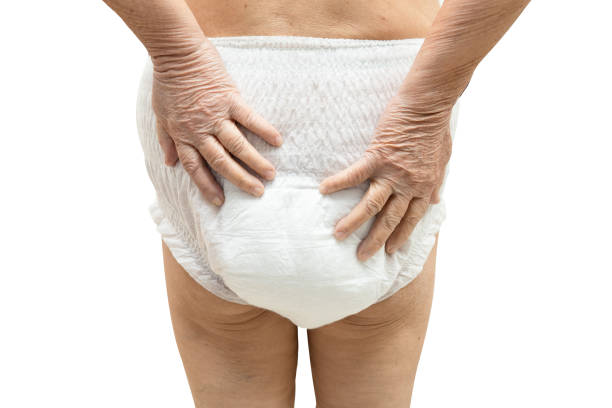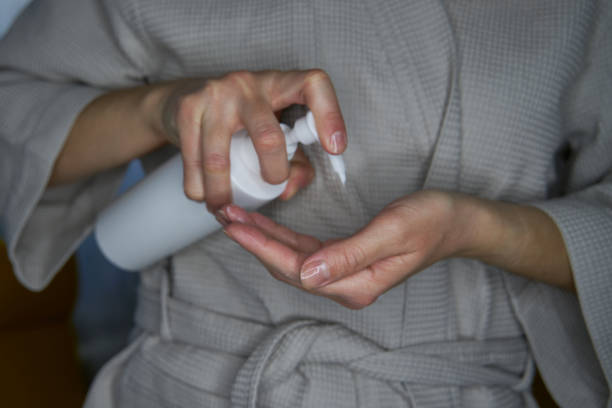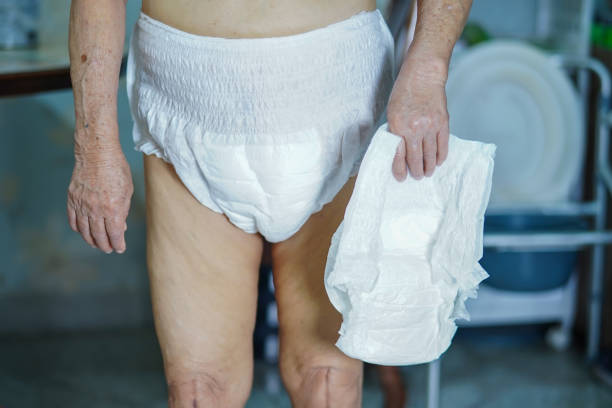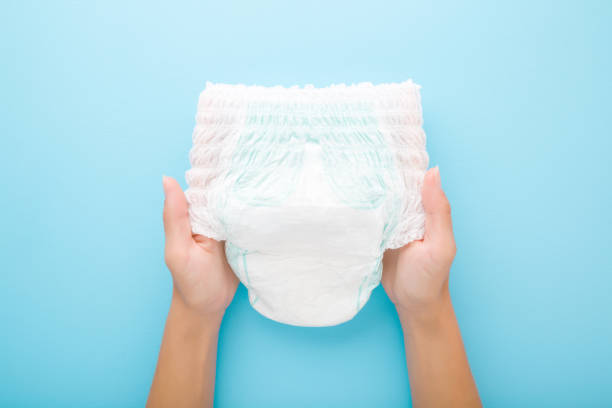
Adult diaper rash is a common and uncomfortable ailment that affects many people who use diapers for various reasons. It happens due to prolonged exposure to moisture, friction, and irritation, which causes skin inflammation and pain.
Maintaining skin health, preventing complications, and ensuring general well-being depend on efficiently managing adult diaper rash.
In this blog, we will look at six practical strategies that can be useful for individuals and caregivers in the long-term management of adult diaper rash. By applying these measures, individuals can alleviate discomfort and enhance their quality of life.
1. Optimal Hygiene Practices

Proper hygiene habits are critical for effectively avoiding and controlling adult diaper rash. Wet or dirty diapers should be changed frequently to limit moisture and bacterial development. Use gentle, fragrance-free cleansers or wipes while changing a diaper to prevent skin sensitivity.
Before putting on a fresh diaper, ensure the skin is completely dry after cleaning. Harsh soaps and prolonged wiping should be avoided since they can remove natural oils and irritate the skin even harder.
Moreover, mild cleansers in warm baths or showers can calm the skin and aid healing. When drying the afflicted regions, prevent rubbing or friction by patting them lightly. Good hygiene habits can help keep the skin clean, dry, and less prone to diaper rash.
Individuals can drastically reduce the incidence of adult diaper rash and promote good skin health by keeping adequate hygiene.
2. Proper Diaper Selection and Fit
Diaper rash can be efficiently prevented and managed by choosing the right adult diapers and ensuring they fit correctly. Choose Wellness Briefs Absorbent Underwear with excellent absorption and moisture-wicking properties. Recommended for people with light to moderate incontinence, these premium-quality diapers are designed to last up to 8 hours.
Look for diapers made of permeable fabrics that allow air to circulate, lowering the possibility of skin irritation. Correct size is essential to avoid friction and rubbing, which can aggravate diaper rash.
The ideal diaper should fit snugly without being too tight or loose. Elastic leg cuffs can help keep moisture away from the skin and avoid leaks. To keep the diaper dry, check it regularly for symptoms of saturation and change it as soon as possible.
By choosing the correct diapers and having a great fit, people can reduce the risk of diaper rash and promote healthier skin.
3. Skin Protection and Barrier Creams

A protective barrier cream can manage and prevent adult diaper rash. These creams form a barrier between the skin and moisture, decreasing friction and irritation.
When choosing a barrier cream, look for components like zinc oxide or petroleum jelly, which provide a barrier effect and assist in skin recovery. Apply a small layer of the cream to dry skin before putting on a fresh diaper, ensuring complete coverage in areas prone to rash formation, such as the behind, private parts, and inner thighs.
During diaper changes, reapply the cream as required, especially if the skin seems red or inflamed. Barrier creams can help people protect their skin from excessive moisture, reduce friction, and speed up the healing process.
4. Moisture Control
Effective moisture control is critical in the prevention and treatment of adult diaper rash. Skin breakdown and inflammation can be exacerbated by excessive dampness. To keep moisture levels under control, change diapers as soon as they get wet or soiled.
Avoid exposing the skin to moisture for extended periods. Make sure the absorbent pads or briefs you use have good moisture-wicking characteristics. Diapers from Wellness Briefs have a triple-layered core, so all moisture is kept away from the skin in a separate layer, and what is against the skin feels dry.
The use of moisture-absorbing powders sparingly can also help to keep the skin dry. However, it is critical to use powders with caution since too much might cause clumping and even clog the diaper.
5. Gentle Cleansing and Drying Techniques

To avoid aggravating the skin further and causing more damage, it is crucial to use mild washing methods on the afflicted regions. In order to avoid too much friction, choose a soft, wet cloth or gentle wipes to clean the region.
After cleaning, gently pat the skin dry with a soft towel, not rubbing or using harsh drying methods. Allow the skin to air dry for a few minutes before applying a new diaper whenever possible.
Avoid using rough towels or abrasive materials, which can aggravate inflammation. Handling the skin with care is essential since the afflicted regions can be sensitive and painful.
6. Seek Professional Advice and Treatment
If adult diaper rash persists or worsens despite following the treatments above, it is critical to seek expert help. A consultation with a healthcare expert or dermatologist is required since they can assess the severity of the rash and provide appropriate treatment choices. Depending on the individual’s needs, they can prescribe medicinal creams or ointments to treat inflammation, infection, or fungal overgrowth.
In some cases, additional tests might be necessary to discover underlying reasons or contributory variables that may be worsening the diaper rash. Seeking the advice of a medical practitioner ensures personalized guidance and the most effective treatment strategy.
Don’t be reluctant to ask a healthcare professional for advice and help if you need it. Their knowledge will aid in treating the condition and increasing the individual’s general well-being.
Conclusion

Adult diaper rash can be a difficult and unpleasant condition to manage, but with the right techniques in place, it can be properly controlled for long-term relief.
A complete approach to adult diaper rash includes optimal hygiene habits, including diaper selection and fit, the use of barrier creams, moisture management, gentle washing and drying procedures, and seeking expert guidance when necessary.
By applying these measures, individuals and caregivers can alleviate discomfort, increase skin health, and improve overall quality of life. Remember that everyone’s experience is different, and finding the optimal combination of tactics might take some trial and error.
Long-term management of adult diaper rash is attainable with perseverance and a proactive approach.